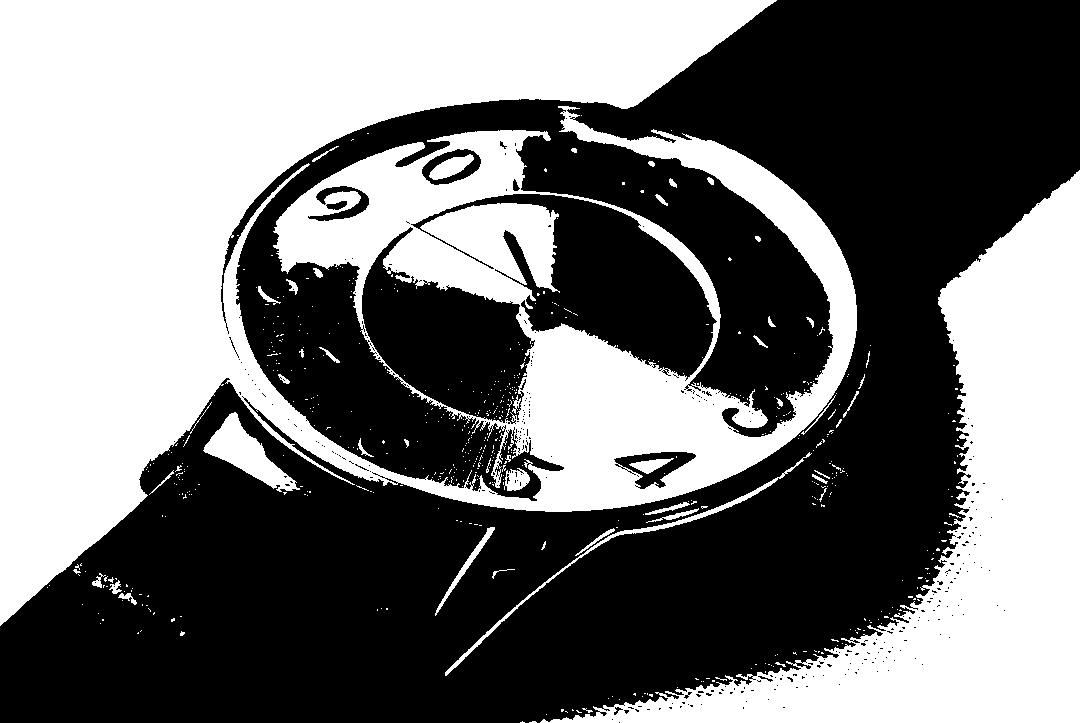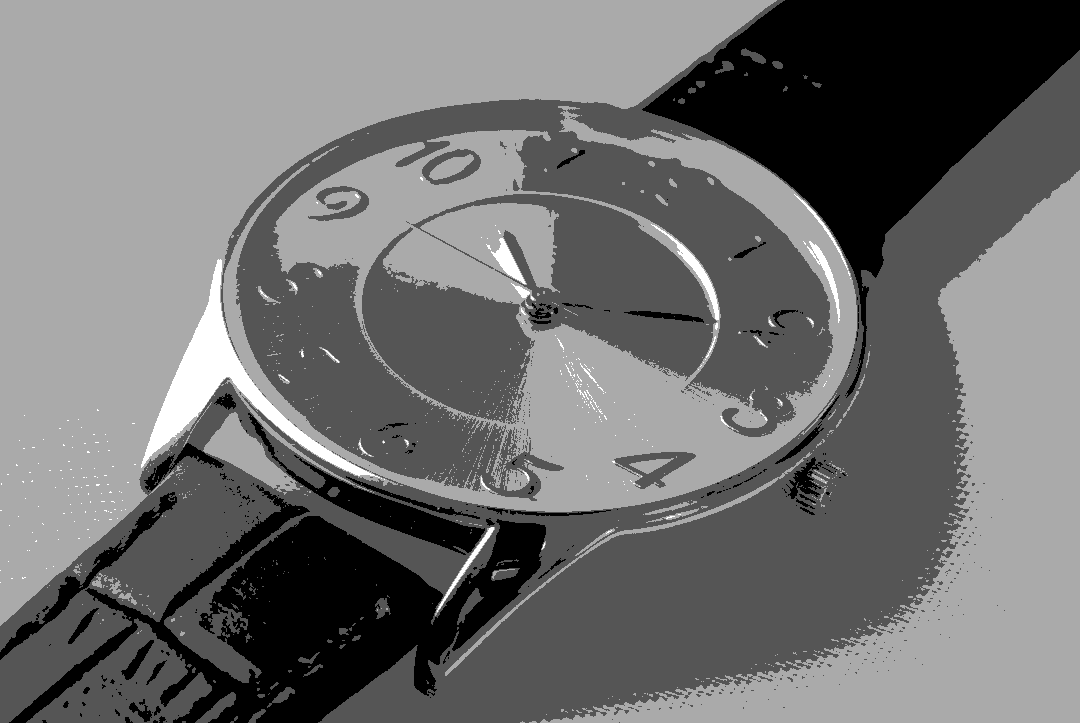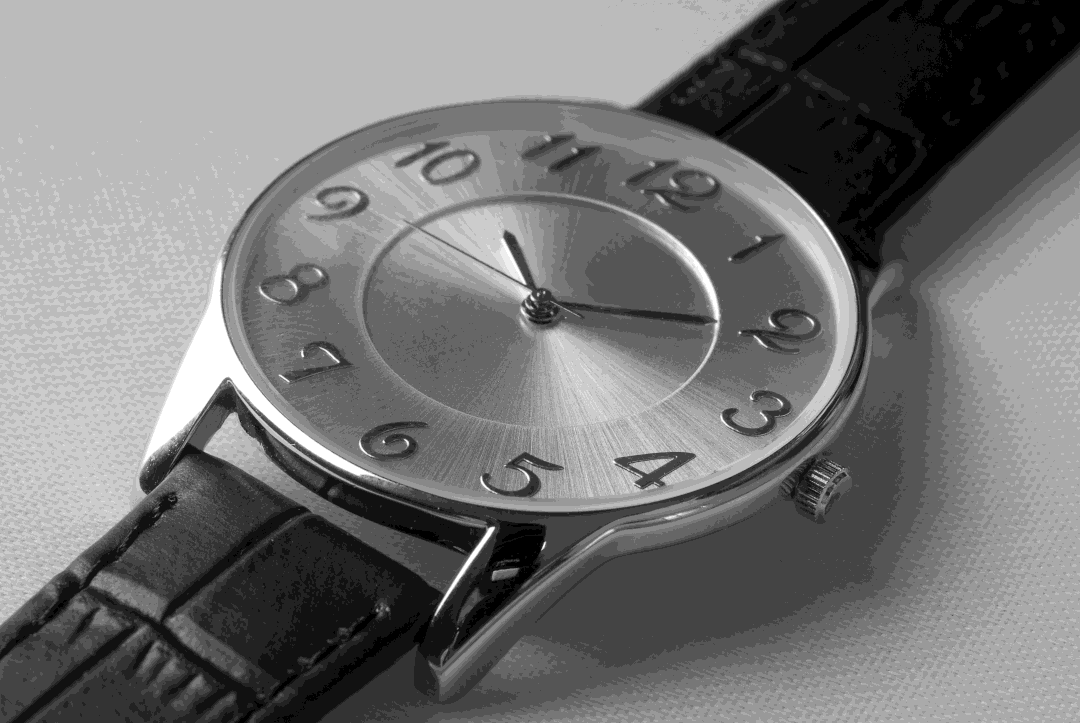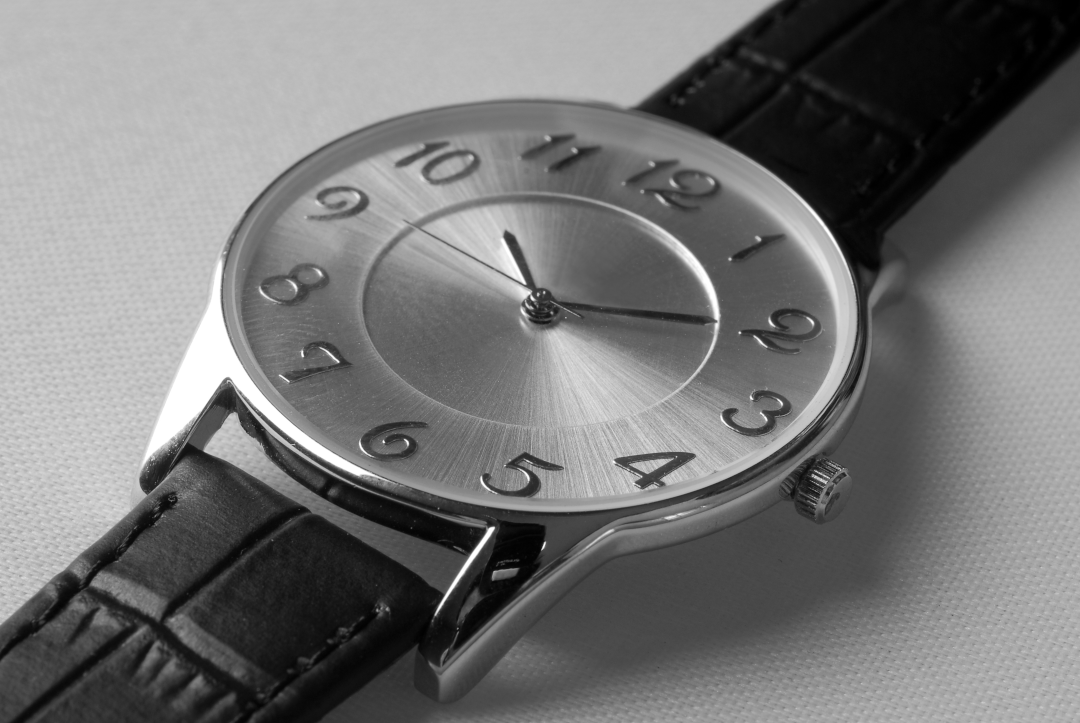
IDS peak 2.17.1 / uEye+ firmware 3.70
IDS Peak comfortSDK, genericSDK, IPL, and AFL developer manuals are external documents. Please contact us if you need them.
The bit depth refers to the number of bits that are used to describe the color of a single pixel. The higher the bit depth, the better the color reproduction. But the data size of the image also increases with the bit depth. Typical bit depths for cameras are 8, 10 or 12 bits. The standard bit depth for displaying images is 8 bits, which is sufficient to reproduce smooth gradients. Images with lower bit depths usually show a posterizing effect.

Fig. 27: Different bit depths on the example of a grayscale gradient
Example of a grayscale image in different bit depths |
|
|---|---|
 |
 |
1 bit |
2 bit |
 |
 |
4 bit |
8 bit |
Example of a color image in different bit depths |
|
|---|---|
 |
 |
1 bit |
2 bit |
 |
 |
4 bit |
8 bit |
The number of colors (N) in an image can be calculated from the bit depth (D). For monochrome images this is:
For color images, each channel (R, G, B) has this range of values. Since each pixel consists of the combination of 3 color values, the number of colors in the image increases:
Example: With a bit depth of 8 bits, a monochrome image has up to 256 colors, whereas a color image can reproduce about 16.78 million colors. The latter is often referred to as "true color".
Bit depth in image processing
In many cases, digital images are post-processed. In this case, a higher bit depth than 8 bits can be beneficial to identify fine differences and increase the precision of image processing. But a higher bit depth only adds information if the noise level of the sensor is low enough. Otherwise, the additional digitization resolution only resolves the sensor noise even finer.
If digital image data is processed further, a bit depth of more than 8 may be necessary. The computer is able to differentiate and process these very fine differences in brightness, which are no longer perceptible for the eye. This is why industrial cameras often use 12 bits.
Bit depth |
Value range |
Number of colors (monochrome image) |
Number of colors (color image) |
Main applications |
|---|---|---|---|---|
8 |
0 … 255 |
Visualization Fast previews |
||
10 |
0 … 1023 |
Visualization with post-processing Industrial image processing Medical and other analytics |
||
12 |
0 … 4095 |
Industrial image processing Medical and other analytics |
Maximum bit depth
The capability of the sensor limits the maximum bit depth of the camera. uEye+ cameras do not output bit depths higher than the maximum bit depth of the sensor. Some camera models might not be able to reach the maximum bit depth of the sensor due to technical reasons.